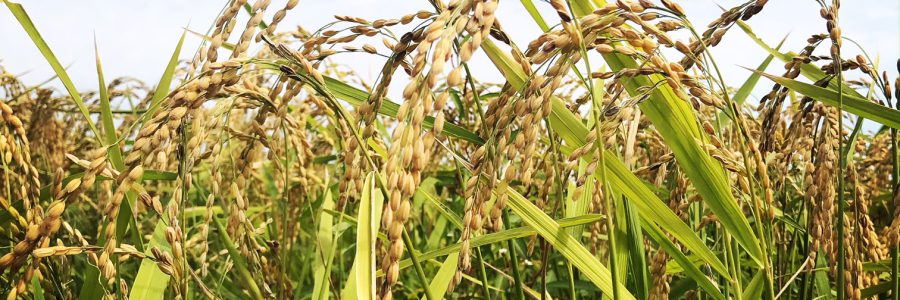
Road to Japanese Sake Master (About Rice Polishing Rate)
・What is rice polishing rate?
You might have heard “Junmai-shu”,”Daiginjo” and so on.
Japanese sake can be classified into 8 categories mainly by raw materials and degrees of rice polishing.
| Name | Rice Remaining | Distilled Alcohol Added | |
| Junmai Daiginjo | Less than 50% | × | |
| Daiginjo | Less than 50% | 〇 | |
| Junmai Ginjo | 51 to 60% | × | |
| Ginjo | 51 to 60% | 〇 | |
| Junmai | More than 60% | × | |
| Honjozo | 61 to 70% | 〇 |
The name also changes depending on whether there is distilled alcohol.
・How does Polishing Ratio Affect the Sake?
Firstly, as a reason to polish rice, some nutritions such as proteins, lipids, vitamins and minerals from the outer part of the rice grain might cause the sake to give off unpleasant flavor.
Japanese sake with high rice-polishing rate has strong sourness and umami, and it often has a flavor like rice or lactic acid.
Japanese sake with a low rice-polishing ratio tends to have a delicate, fruity and floral aroma.
If you have a chance, compare junmai-shu and daiginjo!
We export Japanese sake overseas in B to B.
However, we also export it in B to C. You can purchase our original sake at SAKURA TOWN (https://sake-kampai.com/)
There are many unique and rare sake. You can give it a try! If there is any Japanese sake you would like to carry in your store, please feel free to contact us! https://www.musubi-jp.com/blog/contact/
Thank you for coming our blog.
See you soon!